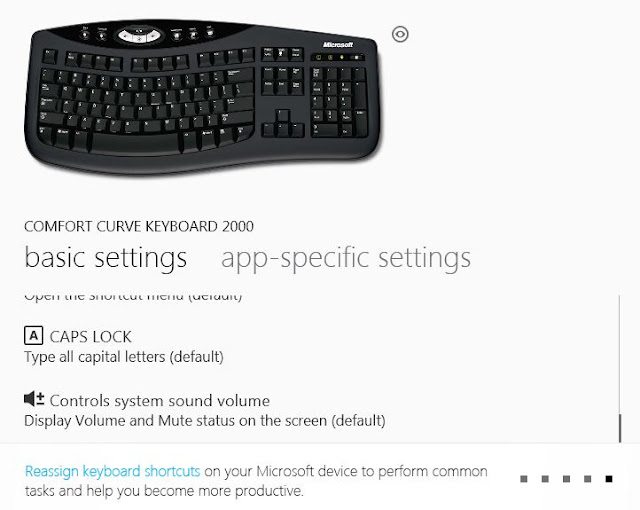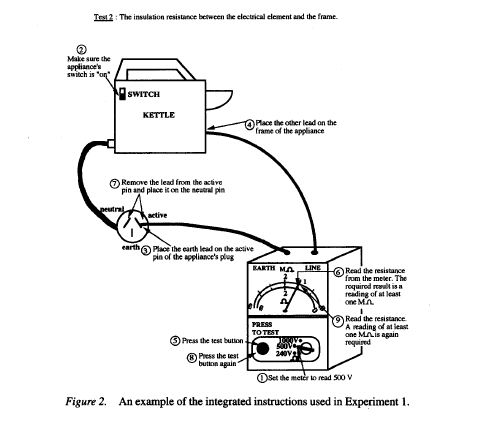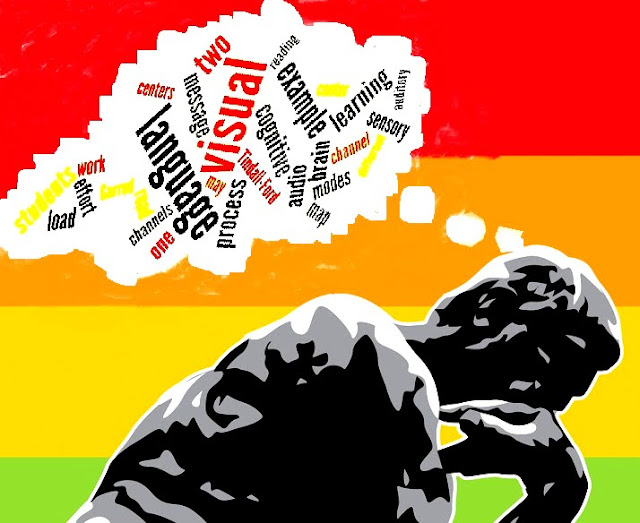The Good

Fig.1. Maria Montessori
My journey into accessibility guidelines, legislation, principles and case studies quickly diverted me into the nature of multi-modal learning. I knew as I started this module that I was looking for or expected when I term the 'Montesori Effect'.
Maria Montesori was ill-treated because of her gender, finding resistance to her desire to study medicine and further resistance once she got there. I wonder if there is resonance here for a disabled student meeting resistance or faced with prejudice of any kind when pursing their academic studies? Montessori's early studies involved children with disabilities and it is through this that she developed her educational philosophy that has come to influence the ways we teach. I can see that her work is something I shall have to study too.
'Montessori experimented with allowing children free choice of the materials, uninterrupted work, and freedom of movement and activity within the limits set by the environment'. Wikipedia (last accessed 31st October 2012)
Turning to reading up on accessibility guidelines I read through the following:
National Center for Accessible Media
Software and tools
Educational Issues for Students with Disabilities
Accessible interactive software can bring the benefits of multimedia and experimental learning to students who may otherwise be left out. Interactive learning experiences will be especially enriching for students who may otherwise have more limited experiences. Because students with disabilities may not be exposed to as wide a range of activities as other students, accessible software can contribute positively toward filling in some of those gaps.
Low-vision students may still learn from a visual program, provided it is well designed.
Software should allow:
- fonts to be adjusted
- provide clear contrast for objects that students must locate and manipulate
- include keyboard commands to reduce mouse dependence
- provide a system cursor that moves with important screen events so that magnifiers can track them.
Benefits of Multimodal Learning
Making software and digital publications accessible to students with disabilities has benefits for other students as well.
These benefits are especially important for students learning English as a second language and those with reading difficulty. Accessible textbooks and software often provide multi-modal access to information, combining text with audio.
Tindall-Ford and colleagues showed in several different experiments that when information is presented in audio and visual form, performance on complex tasks is improved (1997).
'The intellectual complexity of information, generated by the degree of element interactivity, may determine the conditions under which the structure of presented information is critical and thus, when cognitively derived information-presentation techniques such as integrated and audio-visual packages are most useful. Finally, the measures of perceived mental effort used in this article lend further support to the notion that cognitive load is a critical and major factor when formatting information'. (Tindall-Ford et al 1997:283- 84)
The Bad?

Fig.2. A contemporary example of dual-mode learning?
'When two sensory modes are better than one' deserves a class of its own. I've migrated discussion on this to an e-learning group in Linkedin while opening it up to discussion here and in the H810 Student Forum.
J.R. Williams reviewed about 100 studies from the literature on use of multimedia in instruction and found that combining visual and verbal information can lead to enhanced comprehension (1998). Mentioned in the above guidelines, though not giving the reference I offer below - again, worth studying in its own right.
The Ugly?

Fig.3. An example of the integrated instructions used by Tindall et al (1997)
FURTHER LINKS
Maria Montessori:
http://en.wikipedia.org/wiki/Maria_Montessori
REFERENCE
Tindall-Ford, S, Chandler, P, & Sweller, J 1997, 'When two sensory modes are better than one', Journal Of Experimental Psychology: Applied, 3, 4, pp. 257-287, (Last viewed 31st October 2012).
Williams J.R. (1998) Guidelines for the Use of Multimedia in Instruction Proceedings of the Human Factors and Ergonomics Society Annual Meeting October 1998 42: 1447-1451,
